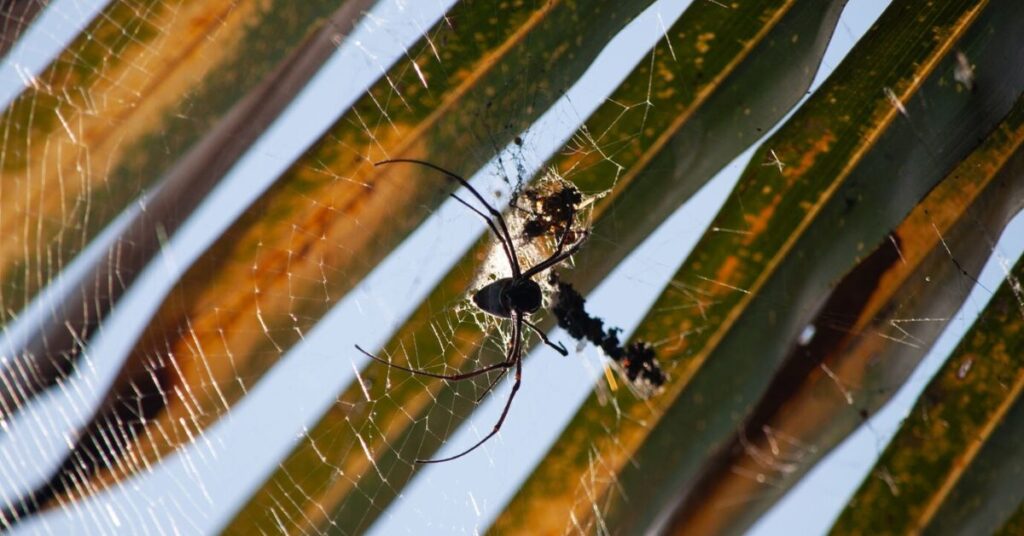Most people think of cities as places where nature has been pushed out. Skyscrapers, parking lots, and endless HVAC systems hardly seem like good homes for wildlife. But look a little closer, behind breakroom cabinets, under warehouse pallets, inside vents, and you’ll find something unexpected: life.
Pests, from cockroaches and rodents to ants and flies, thrive in the very environments we build to keep them out. This isn’t just about crumbs on the floor or a leaky pipe. It’s about entire micro-ecosystems that we unintentionally support. That’s why understanding how commercial buildings function as habitats is key to effective commercial pest control services — not as a response, but as an ongoing relationship with the built environment.
How Commercial Spaces Turn Into Pest Havens
The Architecture of Opportunity
Commercial buildings are often designed for function, not nature. But pests are opportunists. Office buildings with suspended ceilings and raised flooring offer great hiding spots for mice and cockroaches. Restaurants come with drains, dishwashers, and floor gaps — ideal for moisture-loving species like silverfish and drain flies.
Climate Control = Pest Comfort
Most commercial spaces maintain consistent indoor temperatures year-round. But this comfort doesn’t just benefit people. Pests love stable conditions too. An office thermostat set to 72°F might as well be paradise for cockroaches, which thrive in warm, humid spaces.
Why Some Pests Thrive More Than Others
Adaptability and Resistance
Some species, like the German cockroach or the roof rat, have adapted so well to indoor environments that they can live their entire life cycle inside buildings. These pests develop resistance to common pesticides and learn to avoid traps, making them especially difficult to control.
Commercial pest control services need to be dynamic — switching up treatments, adjusting for seasonal changes, and using integrated pest management techniques to stay ahead.
Reproduction and Colonization Speed
Rodents can produce litters of up to 12 pups every few weeks. A single ant queen can lay hundreds of eggs daily. Given the right conditions, a small infestation becomes a full-blown colony in a matter of weeks.
This is why routine inspections and early detection are essential. Pest populations build fast, often long before anyone notices them visually.
The Role of Human Activity in Feeding the Ecosystem
Food Waste and Improper Disposal
From janitorial closets to breakrooms, even the cleanest commercial space generates waste. Forgotten lunch crumbs or unsealed trash bins aren’t just gross — they’re fuel. Flies, cockroaches, and rats have evolved to detect food odors from impressive distances.
Movement and Doorways: The Invasion Highways
Every time a loading dock opens or a door is propped open for air, there’s a chance for pests to enter. Birds nest in warehouse rafters, wasps find cracks near vents, and ants follow trail pheromones straight through thresholds. Even potted plants in lobbies can harbor soil-loving pests like fungus gnats.
Beyond Sprays: A Systems-Based Approach to Pest Control
Sanitation as the First Line of Defense
No amount of pesticide can outpace poor cleaning practices. Commercial pest control works best when paired with strict sanitation. This includes:
- Regular deep cleaning behind and beneath appliances
- Emptying trash bins daily and sealing liners
- Monitoring moisture levels in utility closets and basements
It’s less about reacting to infestations and more about denying pests the resources they need to survive.
Designing With Pests in Mind
New commercial builds and renovations can benefit from pest-conscious design. Examples include:
- Sealing expansion joints and wall penetrations
- Installing air curtains or screens at entrances
- Using pest-resistant materials in insulation and drywall
Modern commercial pest control services often consult during construction phases to prevent future infestations by design.
The Hidden Cost of Ignoring Pest Ecosystems
Health and Hygiene Risks
Many pests aren’t just gross — they’re dangerous. Rodents carry pathogens like Salmonella and hantavirus. Cockroach droppings trigger allergies and asthma, especially in children. Flies land on food and surfaces after visiting garbage or feces.
Reputation and Revenue Loss
A single rodent sighting in a restaurant or hotel can destroy a brand’s reputation. Online reviews travel fast, and pest sightings are particularly damaging. For businesses that rely on public trust, from retail stores to schools, pest problems aren’t just biological — they’re reputational disasters.
Conclusion
Urban buildings weren’t designed for pests, but many might as well be. The way we build, clean, eat, and move creates ideal conditions for pest life to flourish right under our noses.
Understanding this isn’t just important for property managers or restaurant owners. It’s a call to rethink our relationship with the urban environment. Buildings aren’t sterile machines; they’re organic systems — full of heat, moisture, food, and motion.
FAQs
What types of pests are most common in commercial buildings?
The most common pests in commercial spaces include cockroaches, rats, mice, ants, flies, and stored product insects like beetles and moths. These pests thrive in areas with food, warmth, and moisture.
How do commercial pest control services differ from residential ones?
Commercial pest control services are tailored for large, high-traffic, and complex environments. They involve ongoing inspections, integrated pest management strategies, compliance with industry regulations, and data reporting — unlike one-time treatments for homes.
Can regular cleaning eliminate pests?
Cleaning is crucial, but not always enough. While good sanitation removes food and water sources, pests may still enter through gaps, vents, or deliveries. Professional pest control is needed to monitor and seal entry points and implement additional treatments.
How often should commercial buildings be inspected for pests?
Inspections should be done at least quarterly, though high-risk facilities like restaurants or food warehouses may need monthly checks. The frequency depends on the building type, local climate, and past pest history.







